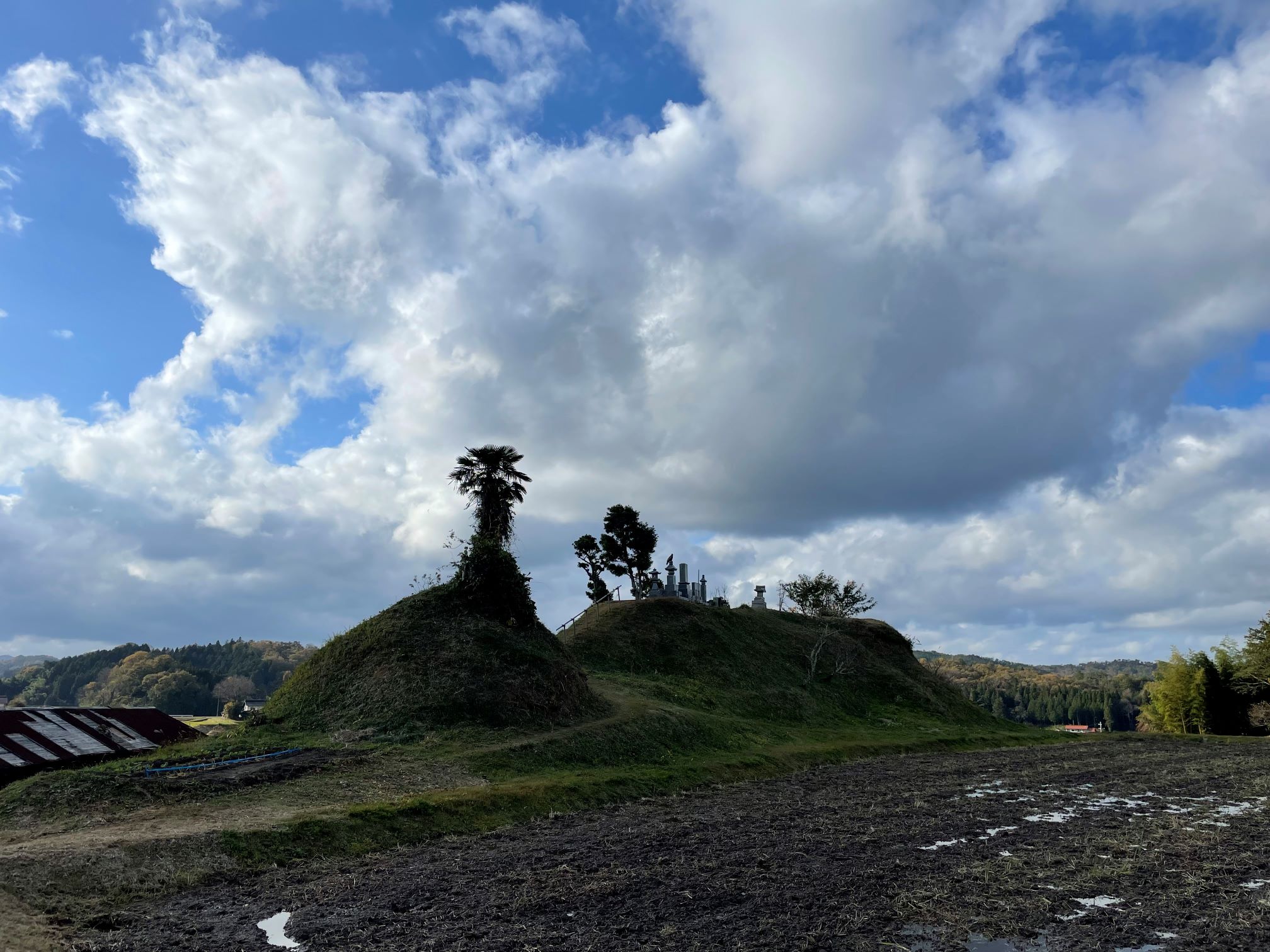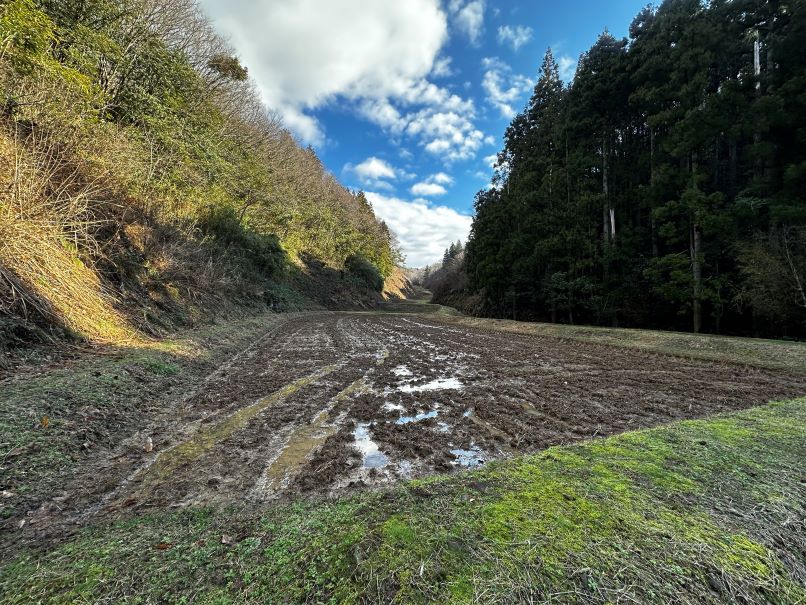Incubation
"Construction of a platform to promote the GIAHS program in East-Southeast Asia"
R5-6 1-4 (R6 AY2024)
| Project Leader | Naito Naoki (Tokushima University, Graduate School of Technology, Industrial and Social Sciences) |
| Collaborators | Ishikawa Noboru (Kyoto University, Center for Southeast Asian Studies) Kataoka Itsuki (Kyoto University, Graduate School of Asian and African Area Studies) Iwasa Mitsuhiro (Toyama University, School of Humanities) Machida Tetsu (Naruto University of Education, Graduate School of Education) Akaike Shingo (Kyoto University, Graduate School of Asian and African Area Studies) Ishikawa Hajime (Keio University, Faculty of Environment and Information Studies) Nozawa Shuntaro (The University of Tokyo, Graduate School of Arts and Sciences) Iwao Nozomi (Kyoto University, Graduate School of Agriculture) Owada Junko (Doshisya University, Faculty of Policy Studies) Kamada Mahito (Tokushima University, Graduate School of Technology, Industrial and Social Sciences) Tonotani Azusa (Miyoshi City, Department of Industry & Tourism) Saito Watanabe Megumi (Slow Food Nippon/Slow Food International) |
| Research Project | Construction of a platform to promote the GIAHS program in East-Southeast Asia |
| Countries of Study | Japan |
Outline of Research
The objective of this study is twofold: firstly, to gain a comprehensive understanding of the historical mechanisms that led to the formation of agricultural systems that would become GIAHS, based on collaboration and dialogue between researchers and practitioners from different fields to better understand and support the promotion of Globally Important Agricultural Heritage Systems (GIAHS) areas; and secondly, to examine the characteristics of each research field and practice related to the understanding of agricultural systems in a self-reflective manner. To this end, we will organize a supra-regional and international platform consisting of academics from different fields, including the natural sciences, humanities, and social sciences, as well as practitioners who have been involved in promoting GIAHS. We will also explore ways of combining Japan's knowledge on GIAHS promotion, as Japan has the second largest number of accredited sites in the world, to support GIAHS conservation and new applications in the East-Southeast Asian region.
Purpose of Research, Its Significance and Expected Results, etc
This study aims to contribute to our understanding of the historical processes that led to the formation of the regional agricultural systems recognized by the GIAHS in Japan. In doing so, we will focus on the dynamics of a) time: the sliding scale of different times (geological time, animal and plant time, human time, etc.) and b) space: the connections and disconnections among different spaces (regional, national, and market). These factors may have influenced the global institution of the "GIAHS agricultural system". We will attempt to understand the historical dynamics that led to the construction of a particular agricultural system, influenced by factors both within and outside the region.
The project will bring together academics and practitioners from different fields, along with local stakeholders in a region that has been the subject of long-term research and practice by its members. Through discussions among researchers and practitioners from different fields, we hope to make recursive discoveries about the possibilities and limitations of each field's perspectives and methodologies. This effort aims to reconsider the process of scientific work, which has traditionally been taken for granted as a one-way analysis of the subject. We aim to use a science, technology, and society perspective and methodology to include the workings of scientific knowledge surrounding the production of the narrative "the core of the agricultural system of GIAHS-accredited sites."
We believe that a platform of researchers and practitioners in the promotion of GIAHS could be beneficial in supporting the conservation of GIAHS certified sites in Tokushima and Wakayama prefectures, as well as exploring the possibility of applying for GIAHS certification for bamboo forests in southern Kyoto Prefecture. This could provide us with practical experience in building a narrative that enables the promotion of GIAHS, while building on academic knowledge. This study will offer a unique perspective on identifying potential GIAHS sites.



